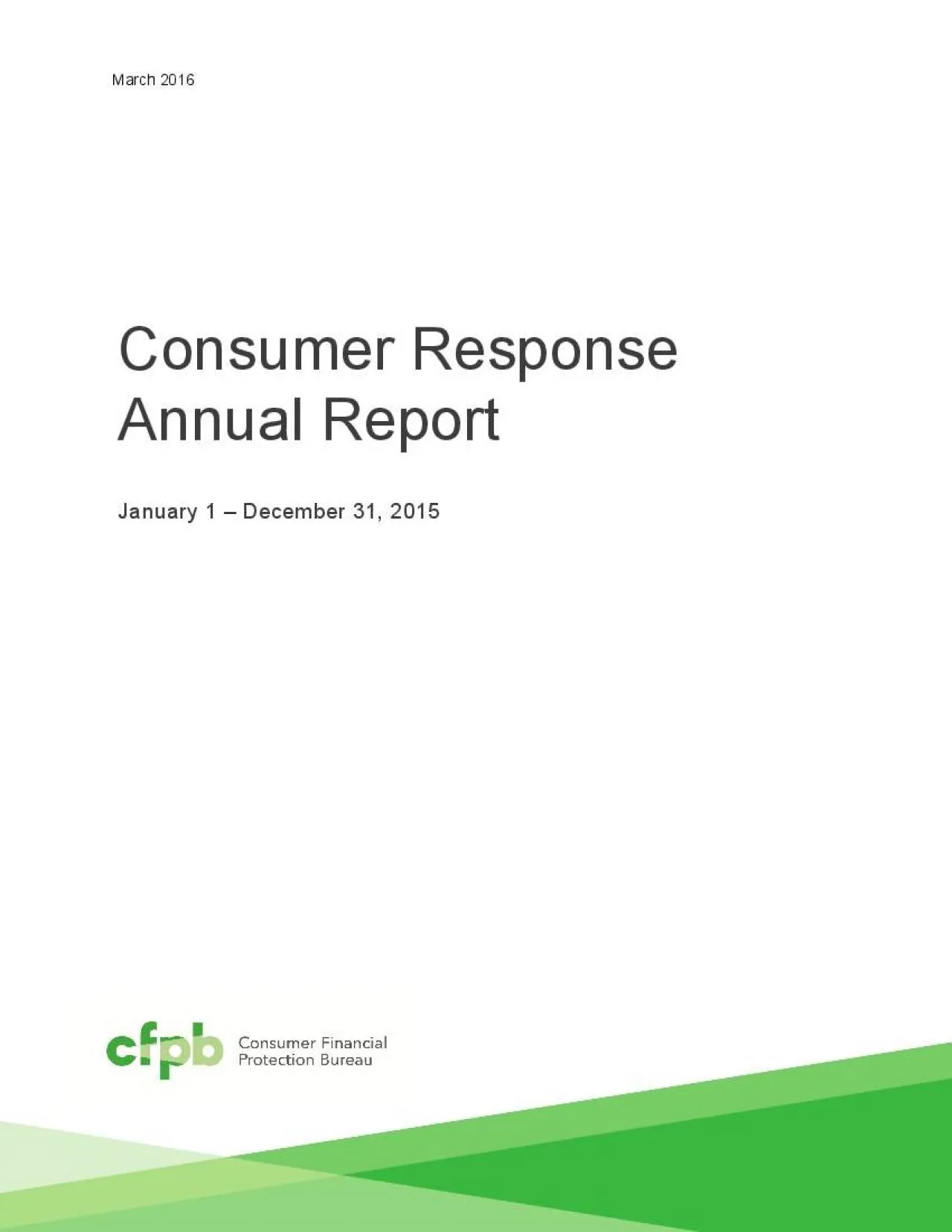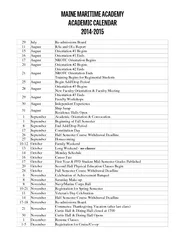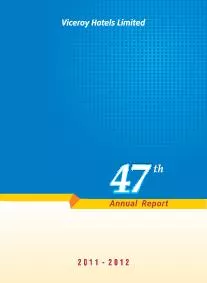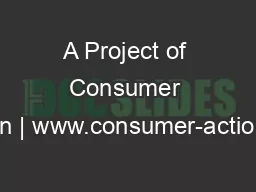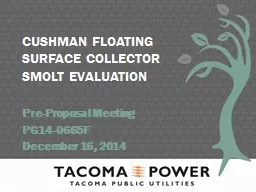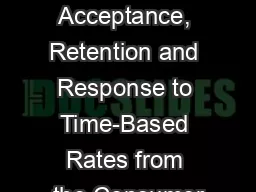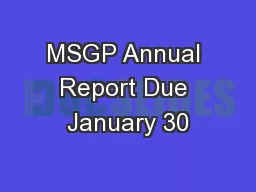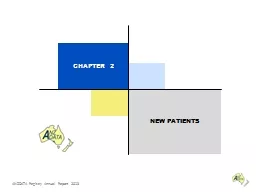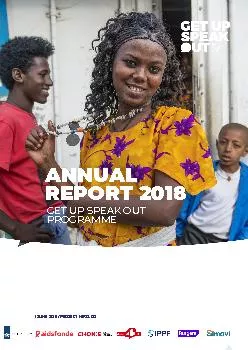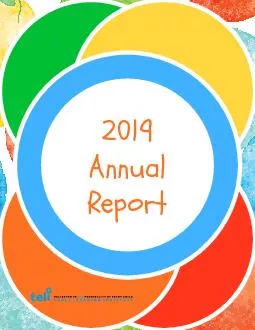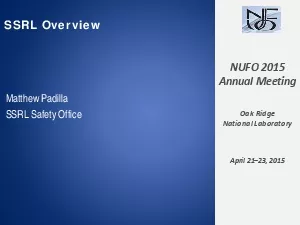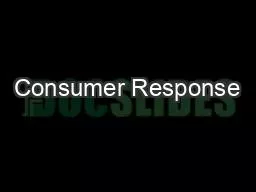PDF-Consumer Response Annual Report January 1 December 31 2015
Author : taylor | Published Date : 2021-10-07
March 2016 1 CONSUMER FINANCIAL PROTECTION BUREAU Director of the CFPB The Consumer Financial Protection Bureau CFPB or the Bureau began consumer response operations
Presentation Embed Code
Download Presentation
Download Presentation The PPT/PDF document "Consumer Response Annual Report January ..." is the property of its rightful owner. Permission is granted to download and print the materials on this website for personal, non-commercial use only, and to display it on your personal computer provided you do not modify the materials and that you retain all copyright notices contained in the materials. By downloading content from our website, you accept the terms of this agreement.
Consumer Response Annual Report January 1 December 31 2015: Transcript
Download Rules Of Document
"Consumer Response Annual Report January 1 December 31 2015"The content belongs to its owner. You may download and print it for personal use, without modification, and keep all copyright notices. By downloading, you agree to these terms.
Related Documents

